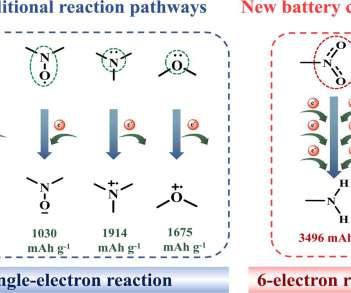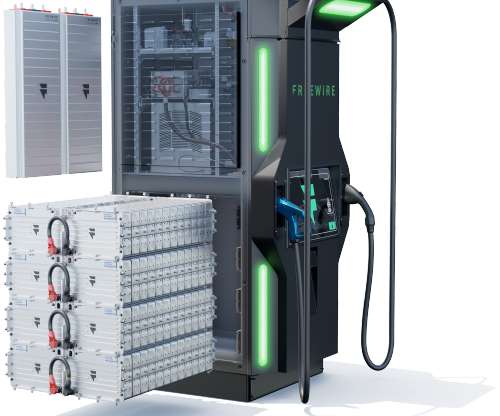We’re Charging Our Cars Wrong
Cars That Think
MARCH 4, 2025
If equipment costs were lower, they say, they would install more recharging stations. It could be a virtuous circle: The recharge businesses would do better, EV owners would benefit, and more people would consider buying an EV. For EVs, power conversion occurs in four stages (illustration, A shock hazard).






































Let's personalize your content